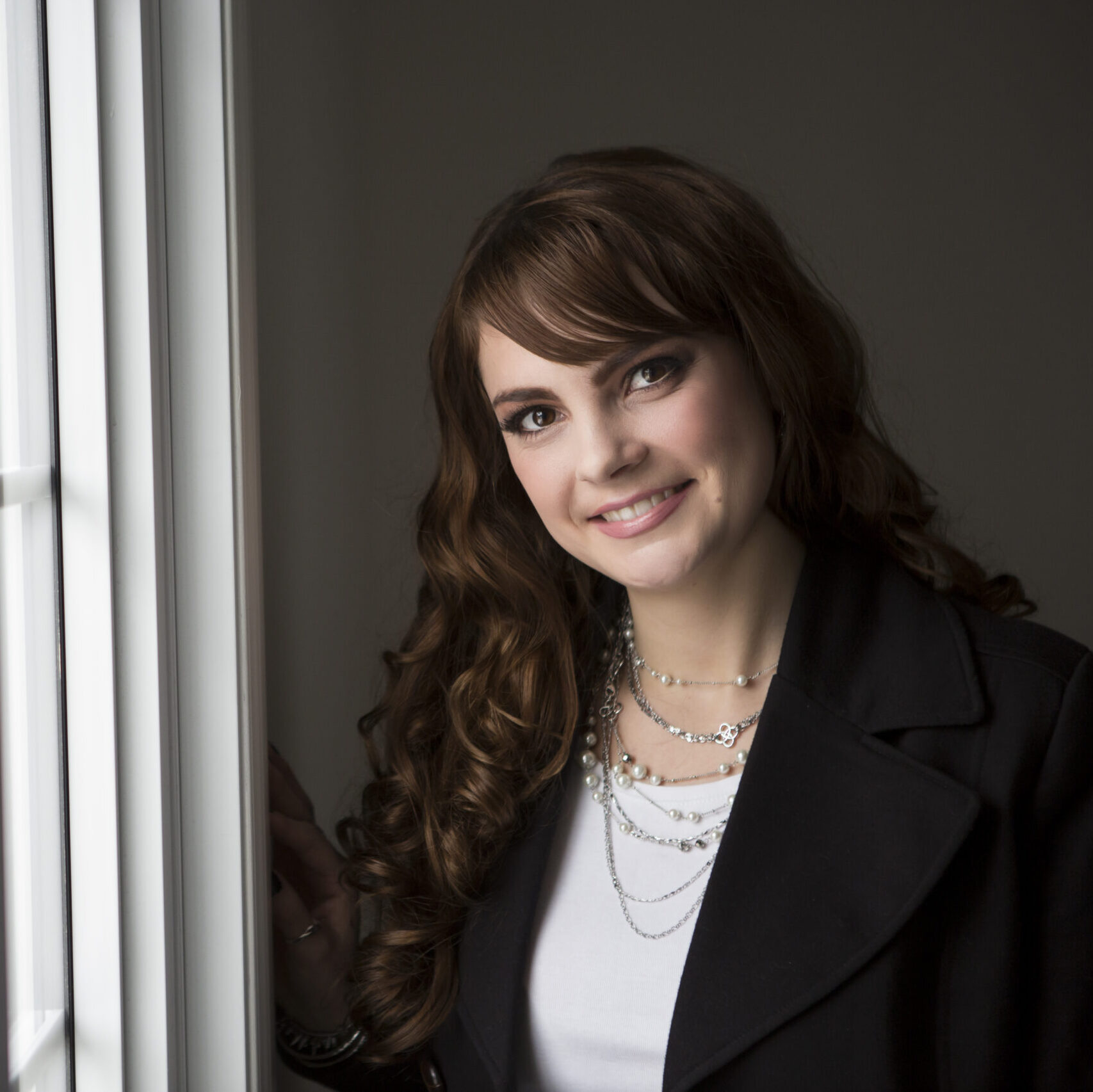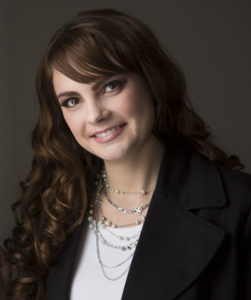The Women’s Fiction Mystique – Guest Post by Amy Sue Nathan
Welcome to Writers’ Uni-Verse-City (or WUVC for short because every university has an acronym), a place where writers/bloggers can meet to discuss the craft of writing in the Internet age. WUVC will involve independent research, setting a curriculum and hopefully finding other participants (like you – readers/bloggers/writers) to: chip in, give tips, suggest books and other materials for study, teach me the ways of the warrior writer, and offer to guest post here at Uni-Verse-City (contact: [email protected]).
Today I’m excited to welcome Amy Sue Nathan as part of the Literary Genres Blog Series. Today she’ll be giving us some insight into the Women’s Fiction genre and how it greets readers and writers with open arms/multiple possibilities.
Readers don’t seem to give much thought to literary genres. They read books they are attracted to, compelled by, interested in – even angry about. Readers, unlike writers, don’t usually pick up a book and wonder, “Is this literary fiction or is it up-market fiction, meaning, of course, that it combines the best of literary and commercial fiction?” Readers rarely ponder the percentages. “It’s 50/50 mystery and literary, so no, that won’t work for me. Or, “It’s 90% commercial fiction and 10% romance. Perfect.”
But as writers we have to know, or at least guess, where our writing fits. And when it comes to writing fiction for women – which can be ingeniously referred to as Women’s Fiction (I know, I know, I have a way with words) the lines are even more blurred. Is it literary? And what makes it so? Is it commercial? Oh, gods of trends-past, are there shoes and is it Chick Lit? Is it Hen Lit and does that mean the characters live on a farm? If it’s straight-up romance, we pretty much know…or so we think.
 Trying to pinpoint the ingredients for women’s fiction is like reciting a writer’s literary tongue twisting nightmare: How much romance can appear in women’s fiction before women’s fiction becomes romance? Can a hero be a hero if he doesn’t save anyone? If someone is saved can be it women’s fiction? And this goes for paranormal elements, literary elements, history, mystery…heck, throw in a zombie or two. The answer is like the old Tootsie Pop commercial about how many licks it takes to get to the center. The world may never know.
Trying to pinpoint the ingredients for women’s fiction is like reciting a writer’s literary tongue twisting nightmare: How much romance can appear in women’s fiction before women’s fiction becomes romance? Can a hero be a hero if he doesn’t save anyone? If someone is saved can be it women’s fiction? And this goes for paranormal elements, literary elements, history, mystery…heck, throw in a zombie or two. The answer is like the old Tootsie Pop commercial about how many licks it takes to get to the center. The world may never know.
What I do know about women’s fiction after almost a year of blogging about women’s fiction is that if someone says they’re writing women’s fiction, you really can’t say that they’re not. A publisher can say it. An agent can say it. Even a reader can say it. But one writer to another? Nope. Like a microcosm of life in general, writing women’s fiction is open to interpretation. I may read a book that has more romance elements than I like for that moment in my reading time. If the dude is the driving force, to me, it might be romantic women’s fiction or women’s fiction with romantic elements (pick a category, any category) and straddle that line. If the main point of the book is for the woman to improve herself, her situation, her life, her relationships and the focus is on internal growth of self, if the most important part of the book is not about moving toward romance, then that to me, is women’s fiction.
As Jael McHenry so eloquently wrote in the first guest post on Women’s Fiction Writers, “…’women’s fiction’ is a broad umbrella, and personally, I find it a really comfortable umbrella to park myself under.”
I’ve interviewed over forty women’s fiction authors since March 2011. They all have different views on what makes women’s fiction but one thing is clear: it’s a genre without strict boundaries and with open arms. It’s a genre that allows and encourages stories about women where women flourish and shine in work, in life, in family, in friendships and even in love. Most authors I’ve talked to do agree that women’s fiction is about a women’s journey of self…and that story can be told with poignancy, heart, and humor – in any combination. It’s the story that makes the reader connect not only to the characters, but also to herself.
Do men read women’s fiction? Sure they do. They also write it. Writing what women want to read is nothing to be ashamed of. I read a great Tweet the other day about how the best act of feminism is writing what women want to read. I wish I remember who wrote it or tweeted it or retweeted it, but I don’t. I do know that it made me smile. After all, what’s so bad about writing about women for women? After all, I am both — a writer and a reader.
The best and most consistent advice authors have given my blog readers over the past year is to read widely. What does that mean? It means don’t just read what you write. Don’t just read women writers writing fiction about women. Reading a variety of genres unlatches areas of your writing brain. It’s like taking a new road to get to a place you’ve been a hundred times. You see it from a new angle. You can learn plenty about writing women’s fiction reading a memoir or a romance novel or a mystery or fantasy. Read what you like of course, but try new things. You may like them too.
The term Women’s Fiction sends some writers into a tizzy because there’s no category men’s fiction. I don’t care about that. I read what I want to read – and I write the stories that inspire me. Both usually – but not always — happen to be about women.
There’s really very little mystery, at all.
 Amy Sue Nathan’s debut novel, THE GLASS WIVES, will be published by St. Martin’s Press in 2013. Her short stories and essays have been published in Grey Sparrow Journal, Rose and Thorn Journal, The Stone Hobo, Hospital Drive Journal, Scribblers on the Roof, the Chicago Tribune, the New York Times online, the Washington Post online, Chicago Parent and in regional print publications nationwide. In 2011 Amy launched Women’s Fiction Writers, a blog dedicated to the authors, business and craft of women’s fiction. An East Coast expat near Chicago, Amy is the mom of a son in college, a daughter in high school and two rambunctious, rescued dogs. She can be reached through her website: amysuenathan.com or at womensfictionwriters at gmail dot com.
Amy Sue Nathan’s debut novel, THE GLASS WIVES, will be published by St. Martin’s Press in 2013. Her short stories and essays have been published in Grey Sparrow Journal, Rose and Thorn Journal, The Stone Hobo, Hospital Drive Journal, Scribblers on the Roof, the Chicago Tribune, the New York Times online, the Washington Post online, Chicago Parent and in regional print publications nationwide. In 2011 Amy launched Women’s Fiction Writers, a blog dedicated to the authors, business and craft of women’s fiction. An East Coast expat near Chicago, Amy is the mom of a son in college, a daughter in high school and two rambunctious, rescued dogs. She can be reached through her website: amysuenathan.com or at womensfictionwriters at gmail dot com.
What’s your favorite women’s fiction sub-genre to read or write? Do you have any questions about this genre?


Amy, this is perfect: “If the main point of the book is for the woman to improve herself, her situation, her life, her relationships and the focus is on internal growth of self, if the most important part of the book is not about moving toward romance, then that to me, is women’s fiction.” I am always searching for a way to define Women’s Fiction, and this is it.
Thanks!
I’m glad that struck a chord, Lisa!!
I agree that this is the most encompassing/straight forward definition of women’s fiction. Thanks Amy.
I guess it’s like porn — even if you can’t define the parameters, you know it when you see it. 😀
Bingo! 😀
Lydia…you’re funny. Great post, Amy. And still I’m baffled by the definition. You know it when you see it? Okay.
I think it only matters if you inherently need to understand it, for yourself. Which I do. Because I categorize everything and need to understand where they fit, what the lines are (even if blurry). Not everyone has this need — but many people do as well. You’re lucky, Priscille! Going with the flow is a good thing.
Wonderful post. So timely as I set off into the adventure of writing. I always pictures myself writing women’s fiction but struggled to define the genre etc. Your post nailed it and provided great clarity to the flexibility of the genre. Love that.
I’m so glad it helped, Natalie! I hope you’ll check out the Women’s Fiction Writers blog if you haven’t already!!! Lots of good info from a lot of great WF authors!! 🙂
Thanks for the comment Natalie. Amy’s blog, Women’s Fiction Writers is super useful and it has lots of fun interviews with WF authors that inspire me to write more.
Thanks, Nicole. And thanks again for inviting me to be here. It was a fun post to write and I’ve enjoyed connecting with YOUR readers! xo
I love the idea of women’s fiction having open arms…..love!
Em – I agree. Makes it a welcoming place for our writing.
Really interesting post!
Thanks, Andrea!
Very articulate post! I like the idea of women’s fiction being a large umbrella that many different types of women and books and tastes can fit under. Because most of us writers were readers first, and it’s true, readers don’t care as much about tacking labels on the writing, though I do like your definition, Amy.
If we have to have a label, I’m glad it’s a welcoming one!!! Thanks, Melanie.
I think you defined this genre very well. With your description, I can easily think of novels that fit those parameters and others that feature women but wouldn’t. (Of course, once we get into subgenres, our heads all start spinning like possessed people, but no need to go there.) Thanks, Amy Sue. And congratulations on the book release!
Julie, I think head-spinning is part of the process! LOL. Thanks for reading and for the congrats! 🙂
[…] winners were: Nicole Basaraba, Sheila Seabrook and Raelyn Barclay. Part 2′s winners are: Jessica O’Neal, Marcy Kennedy and […]
[…] Amy Sue Nathan guest posts on Nicole Basaraba’s blog on The Women’s Fiction Mystique, continuing Nicole’s series on genre […]
[…] Feb. 22: Amy Sue Nathan on Women’s Fiction. Amy’s debut novel THE GLASS WIVES will be published by St. Martin’s Press in Spring 2013 and is represented Jason Yarn of The Paradigm Agency. Amy keeps a blog, Women’s Fiction Writers, which features interviews and guest posts with a published women’s fiction author and posts on the craft and business of traditionally published women’s fiction. […]
[…] Sue Nathan – The Women’s Fiction Mystique. Amy’s debut novel THE GLASS WIVES will be published by St. Martin’s Press in Spring 2013 and […]